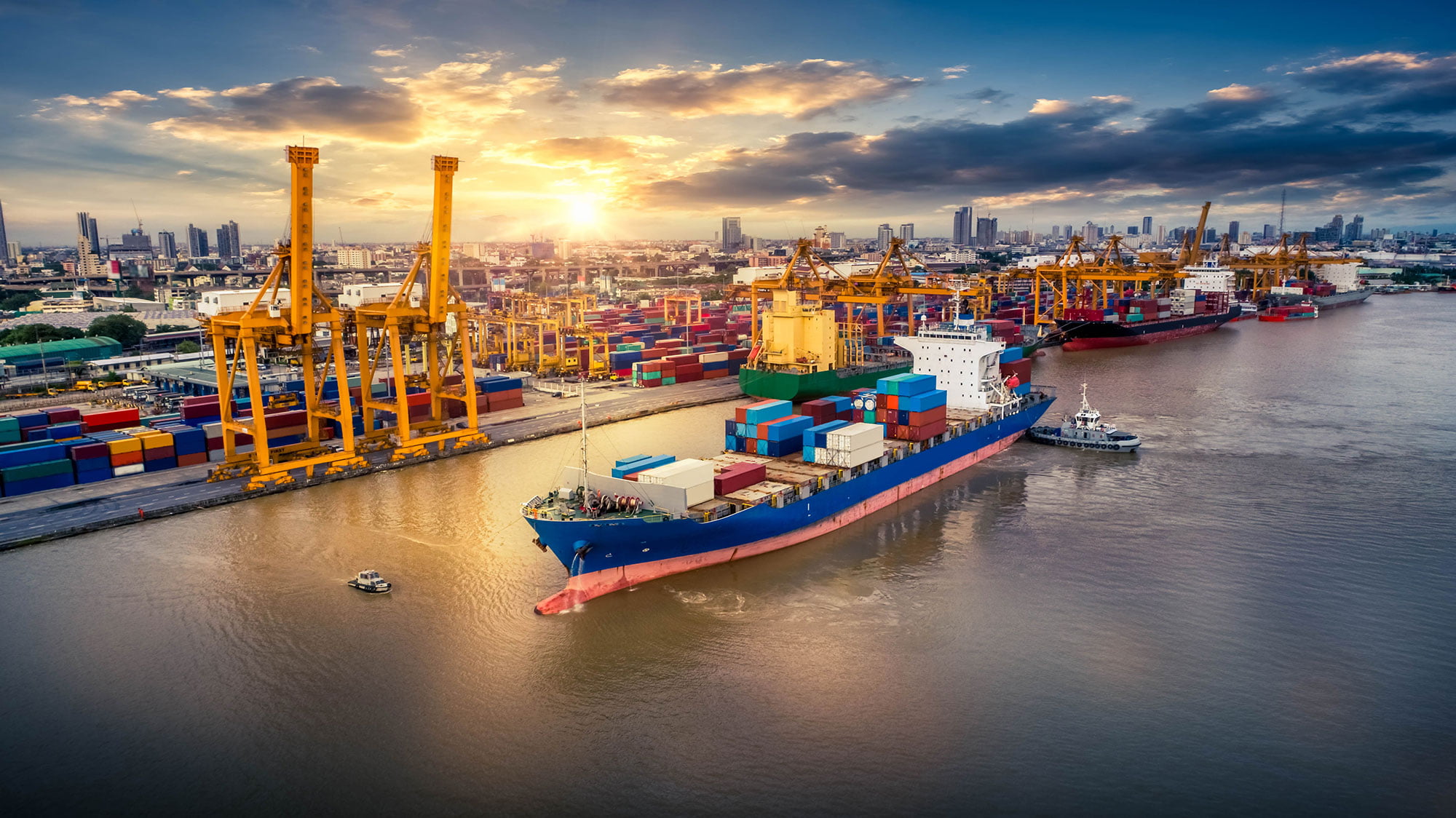Over the past two centuries, the port sector has changed dramatically. Ports were once an instrument of state or colonial powers, with minimal competition and relatively insignificant costs in comparison to ocean and inland transport — meaning there was little incentive to improve efficiency.
However, globalisation has seen maritime transport become critical for international trade. Thanks to the enormous capacity of new container ships and advances in technology, the sea is now the most economical global transport method.
As a result, modern-day ports are competing with each other on a global scale — driving the need for ports to deliver greater value and help improve the efficiency of ocean transport logistics.
But how must ports evolve to meet these demands?
Changing distribution patterns
Containerisation has spread exponentially in ocean shipping. Today, more than 60 per cent of the global cargo trade moved by sea is carried in containers — although this approaches more than 90 per cent on trades between highly industrialised countries.
As such, distribution patterns have increasingly evolved into a hub and spoke network and changed traditional port operations. For example, the efficiency of container handling operations and the ability to safely accept large ships are now a key focus.
Carriers measure productivity in terms of how long it takes to turn around a ship, so suitable systems and adequate facilities are needed to enable quick ship turnarounds. For instance, to handle most of the larger vessels now in service, container cranes must be capable of spanning at least 18 rows and six tiers of containers on deck. However, there is already a demand for container cranes with greater capabilities.
For most ports, 15 meters depth is adequate to accept all but the largest containerships currently in service. Yet, containerships are continually expanding in size — with some carriers already specifying 16 meters depth for entrance channels — meaning hub ports will likely require greater depths in future.
Aside from containerships, cruise ships are also growing in size. Although 2020 has been a challenging year for the cruise industry, once service picks up again, there will be increased demand for ports and enhanced facilities in existing ports to accommodate the growing number and size of cruise ships.
Advances in technology
Significant technology changes are also taking place in the ocean transport sector — particularly, although not exclusively, concerning containerisation. IT is increasingly being used to link port administration, terminal operators, carriers and other members of the port community. This technology provides port users with real-time data on the availability of port facilities, as well as the status of cargo and paperwork — helping to improve planning and coordination and deliver cargo more efficiently. This growing demand for technology can substantially affect requirements for port infrastructure and services.
Other technologies impacting ports include podded drive propulsion systems, which improve ship manoeuvrability and can reduce requirements for harbour tug services in port. These systems have mostly been limited to cruise ship and ferry propulsion so far, although there are suggestions that the technology could also be transferable across other types of vessels where manoeuvrability is highly important.
Self-unloading bulk carriers — which can discharge without the use of shore-based equipment, eliminating the need for specialist facilities to unload bulk cargo — are also becoming popular, especially in the US. The use of this technology is also expected to spread to other trades in the future.
If ports are to remain competitive in the ocean transport market, they must adapt and adopt the relevant technologies required to help improve facilities and cargo handling.
Environmental and safety concerns
Growing environmental and safety concerns are also having an impact on port operations. For example, adequate reception facilities are required in port to eliminate oily ballast water discharge from ships. Other environmental factors, such as water and air pollution, noise and the transfer of foreign marine species, are also essential for ports to consider. However, solutions to these issues often involve a significant investment with limited commercial value — and deciding how to implement regulations and finance related facilities are major issues for ports.
Of course, increasing traffic in ports also presents a number of safety issues, particularly as vessels are entering and leaving. As a result, ports need to invest in suitable aids to navigation (including buoys and lights) to ensure ships can safely navigate waters in and around the port area.
Hydrosphere is now firmly established as the UK and Ireland’s leading supplier of aids to navigation — providing high-quality, reliable and cost-effective solutions to the marine industry. To find out more, get in contact today.








